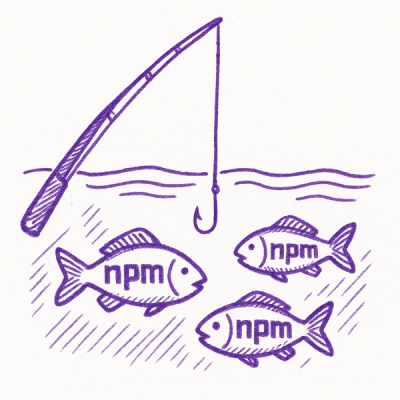pyparsing-highlighting
Syntax highlighting with pyparsing <https://github.com/pyparsing/pyparsing>, supporting both HTML output and prompt_toolkit <https://github.com/prompt-toolkit/python-prompt-toolkit>–style terminal output. The PPHighlighter class can also be used as a lexer for syntax highlighting as you type in prompt_toolkit. It is compatible with existing Pygments <http://pygments.org>_ styles.
The main benefit of pyparsing-highlighting over Pygments is that pyparsing parse expressions are both more powerful and easier to understand than Pygments lexers. pyparsing implements parsing expression grammars <https://en.wikipedia.org/wiki/Parsing_expression_grammar>_ using parser combinators <https://en.wikipedia.org/wiki/Parser_combinator>_, which means that higher level parse expressions are built up in Python code out of lower level parse expressions in a straightforward to construct, readable, modular, well-structured, and easily maintainable way.
See the official pyparsing documentation <https://pyparsing-docs.readthedocs.io/en/latest/index.html>_ or my unofficial (epydoc) documentation <https://pyparsing-doc.neocities.org>; read the pyparsing-highlighting documentation on readthedocs <https://pyparsing-highlighting.readthedocs.io/en/latest/>.
Requirements
Python <https://www.python.org>_ 3.5+
Note that PyPy <https://pypy.org>_, a JIT compiler implementation of Python, is often able to achieve around 5x the performance of CPython, the reference Python implementation.
pyparsing <https://github.com/pyparsing/pyparsing>_prompt_toolkit <https://github.com/prompt-toolkit/python-prompt-toolkit>_ 2.0+Pygments <http://pygments.org>_ (optional; needed to use Pygments styles)
Installation
.. code:: bash
pip3 install -U pyparsing-highlighting
Or, after cloning the repository on GitHub:
.. code:: bash
python3 setup.py install
(or, with PyPy):
.. code:: bash
pypy3 setup.py install
Examples
The following code demonstrates the use of PPHighlighter:
.. code:: python
from pp_highlighting import PPHighlighter
from prompt_toolkit.styles import Style
import pyparsing as pp
from pyparsing import pyparsing_common as ppc
def parser_factory(styler):
a = styler('class:int', ppc.integer)
return pp.delimitedList(a)
pph = PPHighlighter(parser_factory)
style = Style([('int', '#528f50')])
pph.print('1, 2, 3', style=style)
This prints out the following to the terminal:
.. image:: https://raw.githubusercontent.com/crowsonkb/pyparsing-highlighting/master/docs/source/example_ints.png
:width: 56
:height: 18
:alt: 1, 2, 3
The following code generates HTML:
.. code:: python
pph.highlight_html('1, 2, 3')
The output is:
.. code:: HTML
1, 2, 3
There is also a lower-level API—:code:pph.highlight('1, 2, 3') returns the following::
FormattedText([('class:int', '1'), ('', ', '), ('class:int', '2'), ('', ', '), ('class:int', '3')])
A FormattedText instance can be passed to prompt_toolkit.print_formatted_text(), along with a Style mapping the class names to colors, for display on the terminal. See the prompt_toolkit formatted text documentation <https://python-prompt-toolkit.readthedocs.io/en/stable/pages/printing_text.html#style-text-tuples>_ and formatted text API documentation <https://python-prompt-toolkit.readthedocs.io/en/stable/pages/reference.html#module-prompt_toolkit.formatted_text>_.
PPHighlighter can also be passed to a prompt_toolkit.PromptSession as the lexer argument, which will perform syntax highlighting as you type. For examples of this, see examples/calc.py, examples/json_pph.py, examples/repr.py, and examples/sexp.py. The examples can be run by (from the project root directory):
.. code:: bash
python3 -m examples.calc
python3 -m examples.json_pph
python3 -m examples.repr
python3 -m examples.sexp



